
The selection of materials for Korean formal attire is pivotal in achieving both elegance and comfort. Traditional hanbok fabrics include silk, hemp, ramie, and cotton, each contributing unique qualities to the garment. Silk, with its long history in Korean craftsmanship, offers a luxurious sheen and softness, making it a favored choice for formal wear. Hemp and ramie, known for their durability and breathability, are excellent for comfortable yet refined attire suitable for corporate events. Cotton, versatile and comfortable, provides a more casual yet sophisticated option for formal business settings.
The weaving techniques used in creating hanbok textiles range from plain weaves to more elaborate damasks and brocades, allowing for a variety of textures and visual effects. These textiles can be adorned with traditional methods such as painting, block printing, and tie-dyeing, adding a touch of cultural significance and aesthetic appeal to the attire. The integration of these materials and techniques results in Korean formal dresses that are not only visually striking but also convey a sense of cultural heritage and respect for craftsmanship.
When selecting a Korean formal dress, it is important to consider the event and personal comfort. The fabric choice can influence the overall look and feel of the dress, with each material offering different benefits. Silk and brocade may be chosen for their regal appearance and fine texture, while hemp or ramie may be preferred for their lightness and comfort during longer events. The color and fabric pattern can also reflect one's personal style while adhering to the formality of the occasion.


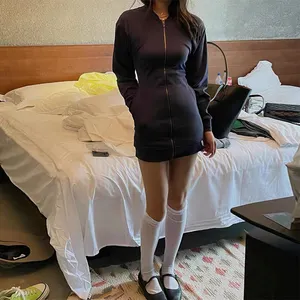

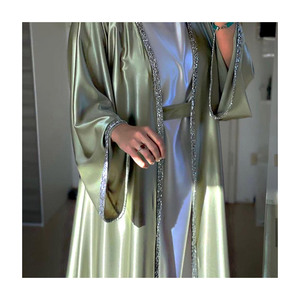





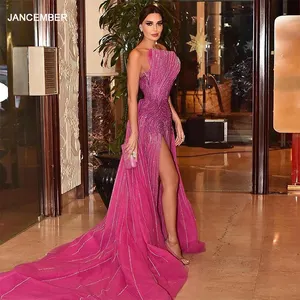
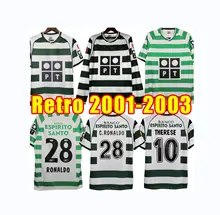

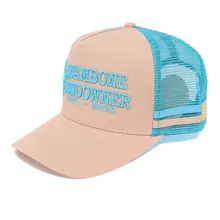

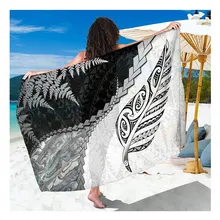
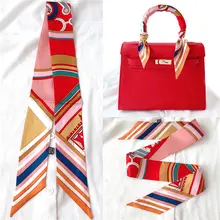































 浙公网安备 33010002000092号
浙公网安备 33010002000092号 浙B2-20120091-4
浙B2-20120091-4